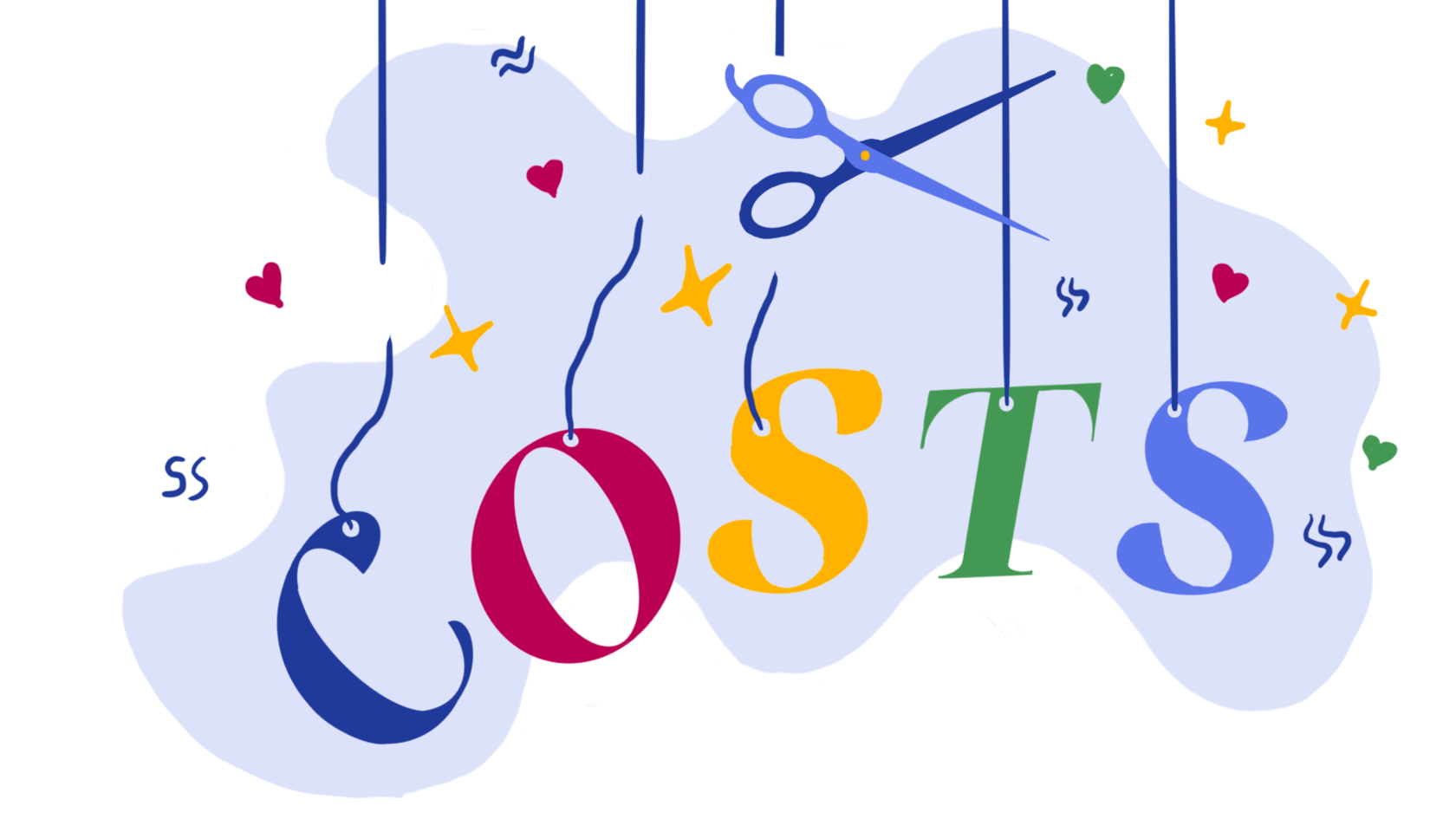How do you get the most out of your learning?
We are going to go over some tips and tricks to help you meet the learning demands within your company. The demands placed on a company's learning department usually outweigh their available resources, so they really must be as efficient as possible. This means doing your research and being aware of current trends. In the past e-learning ‘had’ to be custom designed, with animations and include games, however, this approach was neither cost effective nor time efficient. Now we are seeing a switch in approach, where e-learning content needs to be available quicker. The switch to working from home really highlighted the issue of high-production value trainings that take longer to produce. As online training became more prevalent, the number of trainings being produced greatly increased and the time scale was reduced. This caused the content production of e-learning courses to switch from reactive to proactive.
How is your training being accessed?

The ability to work from home also adds something else to consider when producing learning content, which is how are your employees going to access the material? By no longer being fixed to an office computer, the number of devices available increases, this has some advantages that if implemented wisely will increase your trainings accessibility and efficiency. In the past, producing a training that would work on multiple devices like, PC, tablets, and arguably the most importantly smart phones would come with an increased cost, and have reduced functionality. With the advancements in technology the compatibility of e-learning courses with multiple devices is now easier and cheaper to achieve. Why is this important? Well because almost everyone owns a mobile device and typically, they are constantly within reach. This greatly increases the ease of access to the training, as well as allowing employees to use their time more efficiently. Training can be completed almost anywhere at any time. If there is an increase in cost to make a training available on multiple devices, it is important to do your research and find out if this is a functionality that is in demand from your employees. If your statistics show only five percent of staff access the training on their mobiles, this could be an indicator that it is not in demand. Although, it could also mean that staff did not use it because the training in the past had reduced functionality and was not easy to use. So, it is a bit of a ‘chicken and the egg’ scenario.
Is your money being spent effectively?

Research really is key to being able to scale up your content. You need to understand what you have done in the past, what worked and what did not. By doing this, you will be able to formulate an effective learning strategy for producing content and use your funds more efficiently. For example, videos of CEOs introducing the training and explaining the need for development might look impressive and fit past trends. Looking back though, was the cost of producing this video worth it? These short two-minute videos are not cheap to produce, think of all the people involved – film crew, writers, production, etc., and the time taken away from the CEOs schedule. Would it be cheaper and more time efficient to use a photograph of the CEO and use text, would this have the same impact? Another example is the option to have narration of trainings, is this a function that is utilized by staff? If not, there may be a better allocation for your funds. Talk to your staff, they are the ones that are using the training, get their feedback and use it to improve future courses. This will help you with allocating resources, what is worth the cost and what can be cut/ scaled back.
What is the ‘perfect’ production process?

Ideally, the ‘perfect’ production process starts by understanding what you are wanting from the training overall. Consider the learning journey, is this a standalone course, or is it part of a series? What is the scope of the content, will the courses require videos, interactive quizzes, HD photos, etc.? You also need to consider what subjects are to be covered and if they are relatable. Again, research is key, the more you know before you start production, the better your results will be.
Then plan for the future. Firstly, we are going to consider if there is a connection between the courses. For example, your company ethics and values are going to incorporate a lot of the same topics, so they will likely require similar production process. If you use animation and interactive quizzes for one, chances are that you will use them in the other. This is something you can account for and allocate resources accordingly.
Secondly, these topics are unlikely to change regularly, but that is not always the case, the training for new products is something that is going to happen more regularly. With this in mind, you need to consider how long the training you are producing will remain relevant. If a course will stay relevant for longer, you will get more out of it for the resources you use. Whereas, if it will need updated or replaced within a year, there is no point using a large amount of your production budget on it. This is a balance between resources and relevance.
Finally, you need to consider if producing a course is at all necessary, is there another way you could do this more effectively? For this example, producing a course to help your staff with English or the local language may not be the best use of your time and resources. There is only so much you can teach within a single course and language acquisition is a long-term process. Other platforms like Microsoft Teams can be used to fill this role, start a group with the employees that want to learn a second language and put some useful phrases up once a week. This is by no means an extensive list; the takeaway here should be to ‘think outside the box’. Are there ways you can implement learning other than e-learning courses?
If you would like to learn more about upscaling your content, please visit our YouTube channel and watch the episode dedicated to the subject. It will have more information and give you a deeper understanding of the subject.
S05E03: More learning in less time: Scale up your content - INTEA breakfast S05E03 - YouTube
Then plan for the future. Firstly, we are going to consider if there is a connection between the courses. For example, your company ethics and values are going to incorporate a lot of the same topics, so they will likely require similar production process. If you use animation and interactive quizzes for one, chances are that you will use them in the other. This is something you can account for and allocate resources accordingly.
Secondly, these topics are unlikely to change regularly, but that is not always the case, the training for new products is something that is going to happen more regularly. With this in mind, you need to consider how long the training you are producing will remain relevant. If a course will stay relevant for longer, you will get more out of it for the resources you use. Whereas, if it will need updated or replaced within a year, there is no point using a large amount of your production budget on it. This is a balance between resources and relevance.
Finally, you need to consider if producing a course is at all necessary, is there another way you could do this more effectively? For this example, producing a course to help your staff with English or the local language may not be the best use of your time and resources. There is only so much you can teach within a single course and language acquisition is a long-term process. Other platforms like Microsoft Teams can be used to fill this role, start a group with the employees that want to learn a second language and put some useful phrases up once a week. This is by no means an extensive list; the takeaway here should be to ‘think outside the box’. Are there ways you can implement learning other than e-learning courses?
If you would like to learn more about upscaling your content, please visit our YouTube channel and watch the episode dedicated to the subject. It will have more information and give you a deeper understanding of the subject.
S05E03: More learning in less time: Scale up your content - INTEA breakfast S05E03 - YouTube
